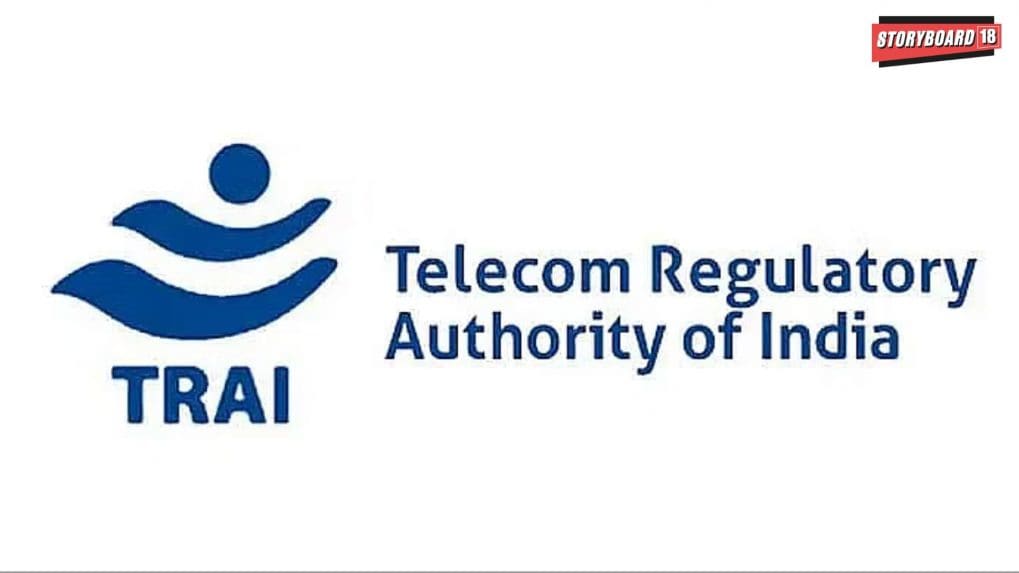Digital
Why OpenAI is hiring 100 ex-bankers: Inside the ChatGPT-maker's secret project to automate Wall Street's grunt work

Leading broadcasting industry bodies — the Indian Broadcasting and Digital Foundation (IBDF) and the News Broadcasters and Digital Association (NBDA) — have strongly opposed the Telecom Regulatory Authority of India’s (TRAI) proposed amendments to the Telecommunication (Broadcasting and Cable) Services Interconnection Regulations, 2017, calling the changes “procedurally improper”, “substantively regressive” and “jurisdictionally flawed.”
Both associations have urged TRAI to withdraw the Draft Telecommunication (Broadcasting and Cable) Services Interconnection (Addressable Systems) (Seventh Amendment) Regulations, 2025, and integrate the exercise into the upcoming holistic review of the regulatory framework.
IBDF and NBDA criticised TRAI’s decision to introduce amendments in a fragmented manner by separating issues relating to audit regulations, the audit manual, and infrastructure sharing. According to IBDF, this approach “creates significant regulatory uncertainty and prevents a meaningful assessment of the proposed changes and their practical implications.” The Authority’s move contradicts its own proposal during a February 2025 meeting to defer such changes until the comprehensive review of the regulatory framework.
NBDA echoed this concern, stating that proceeding with fragmented amendments “fosters regulatory uncertainty and risks creating disjointed interventions that will require subsequent correction”.
Dilution of Broadcasters’ Audit Rights
A key flashpoint is the proposed amendment to Regulation 15(2), which fundamentally alters broadcasters’ rights to audit distribution platform operators (DPOs). Currently, broadcasters have a direct commercial right to audit in case of suspected discrepancies in subscriber reports. TRAI’s draft replaces this with a multi-stage, regulator-mediated “challenge” audit process, requiring TRAI’s approval before broadcasters can proceed.
IBDF argues that this change “strips broadcasters of their fundamental right to verify their revenue” and introduces extreme procedural delays — potentially stretching to 16–20 months — before an audit can even begin. This, they warned, would render the audit mechanism ineffective as a revenue assurance and anti-piracy tool. IBDF pointed out that swift audits are often essential when sudden drops in subscriber numbers indicate potential under-reporting.
NBDA described the proposal as “a framework designed to defeat and systematically disempower broadcasters,” stressing that under-reporting and piracy not only harm broadcasters but also result in revenue losses for the government and consumers.
Jurisdictional Concerns and Regulatory Overreach
Both associations have raised legal objections to TRAI’s proposal to “examine cases on merits” before allowing special audits. They argue this encroaches upon the jurisdiction of the Telecom Disputes Settlement and Appellate Tribunal (TDSAT), which under the TRAI Act has exclusive adjudicatory powers.
IBDF noted that TRAI assuming a quasi-judicial role is inconsistent with the statutory separation of powers and could lead to additional litigation loops — with TRAI’s decisions likely to be appealed before TDSAT and the Supreme Court, causing delays.
NBDA called the proposal “ultra vires the TRAI Act”, pointing out that it would “entangle TRAI and stakeholders in protracted legal battles on audit-related issues”.
Flawed Auditor Selection and Preferential Treatment of BECIL
The proposed auditor selection mechanism has also drawn sharp criticism. Under the draft, DPOs retain unilateral rights to appoint auditors for their own audits, while broadcasters face a constrained process requiring DPO approval of their proposed auditors, with TRAI stepping in if no consensus is reached.
Both IBDF and NBDA argued that this creates a discriminatory and paradoxical system, placing more trust in the party being audited (DPOs) while limiting the rights of the aggrieved party (broadcasters).
They also objected to the preferential inclusion of Broadcast Engineering Consultants India Limited (BECIL) in the auditor selection process. IBDF stated that naming BECIL separately “creates the impression of preferential treatment” and violates the principle of equal treatment among TRAI-empanelled auditors. It warned of potential conflicts of interest and questioned BECIL’s capacity to handle large volumes of audits.
The draft regulation proposes unconditional audit exemptions for DPOs with fewer than 30,000 subscribers, which both associations believe will create regulatory loopholes. IBDF cautioned that this could incentivize larger operators to split operations into smaller entities to evade audits, while NBDA stressed the need for safeguards such as mandatory submission of weekly raw data from SMS/CAS systems and retaining broadcasters’ audit rights over these exempted entities.
NBDA also raised concerns over premature infrastructure sharing provisions, especially the weak watermarking standards, warning that these “dangerously weak” measures could undermine anti-piracy efforts.
Both IBDF and NBDA have urged TRAI to withdraw the Draft Amendment in its entirety and address the issues through the upcoming holistic review.
IBDF emphasised that audits are “a routine and indispensable mechanism for ensuring transparency and equitable revenue sharing,” not “special” or exceptional measures. It argued that the draft represents a shift from broadcaster rights to TRAI permissions, undermining the commercial foundations of the sector.
NBDA concluded that the proposed changes “attempt to solve problems by taking away the rights of broadcasters as well as the remedies that may be otherwise available to them,” and warned that they could destabilize the broadcasting ecosystem.
In a wide-ranging interview with Storyboard18, Sorrell delivers his frankest assessment yet of how the deal will redefine creativity, media, and talent across markets.